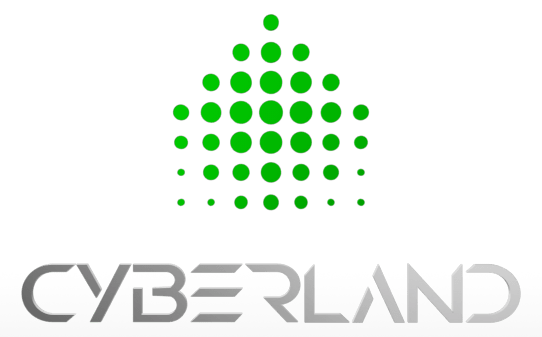Data Loss Prevention

The Benefits of
Data Loss Prevention
Data security is a critical concern for organizations in today's digital landscape. A Data Loss Prevention (DLP) solution can mitigate the risks of data breaches and provide several benefits, such as protecting intellectual property, minimizing financial loss, preventing reputational damage, and facilitating secure collaboration.
Protection of intellectual property
Intellectual property, such as patents, trade secrets, and proprietary information, is critical to the success of many organizations. DLP solutions can help prevent the theft or leakage of such information, protecting an organization’s competitive advantage.
Mitigating financial loss
Data breaches can result in significant financial loss for an organization. DLP solutions can help minimize this risk by identifying and protecting sensitive financial information such as credit card data and bank account details.
Preventing reputational damage
Data breaches can damage an organization’s reputation, eroding customer trust and loyalty. DLP solutions can help prevent data breaches and demonstrate to customers and stakeholders that the organization takes data protection seriously.
Cost Savings
With the rise of remote work and virtual teams, secure collaboration has become more critical than ever. DLP solutions can enable secure collaboration by ensuring that sensitive data is only shared with authorized parties and monitoring its use and movement across different systems and platforms.
Why we should use Data Loss Prevention?
Data breaches
Without a DLP solution, sensitive data may be more easily accessible to unauthorized parties, increasing the risk of data breaches, which can result in financial loss, reputational damage, and legal consequences.
Insider threats
Employees or contractors with access to sensitive data may intentionally or unintentionally misuse it, leading to data leaks or breaches.
Intellectual property theft
Organizations may lose their competitive advantage if their intellectual property, such as trade secrets or patents, is stolen or leaked to competitors.
Lack of control over data
Without a DLP solution, organizations may have limited visibility and control over their data, making it challenging to detect and prevent unauthorized access or use.
Questions? Look here.
DLP solutions can protect various types of data, including personally identifiable information (PII), financial data, intellectual property, trade secrets, and sensitive business information. DLP solutions can detect and prevent data loss across various channels, including email, web applications, cloud storage, and removable storage devices. Additionally, DLP solutions can scan structured and unstructured data, including text, images, and video.
DLP solutions can monitor user behavior and detect any unusual or unauthorized access or transmission of sensitive data by employees, contractors, or other insiders. DLP solutions can also prevent intentional or unintentional data leaks or breaches by enforcing policies and preventing data exfiltration through email, web applications, cloud storage, and other channels. Furthermore, DLP solutions can help identify employees or contractors who pose a high-risk threat to an organization’s data security and prevent them from accessing sensitive data.
When selecting and implementing a DLP solution, some best practices to consider include defining data protection policies based on the organization’s specific needs, identifying and classifying sensitive data, testing and validating the DLP solution’s effectiveness, integrating the DLP solution with other data protection technologies, training employees on the use of the DLP solution, and conducting regular audits and assessments to ensure ongoing effectiveness.
DLP solutions can be customized to meet an organization’s specific data protection needs by defining data protection policies, classifying data based on sensitivity and risk, and configuring the DLP solution to monitor and enforce policies across various channels and endpoints. Additionally, DLP solutions can be customized to integrate with other data protection technologies, such as SIEM solutions, encryption, and access controls, to provide a comprehensive and effective data protection strategy. Customization can also include defining and enforcing policies based on industry-specific regulations and compliance requirements.

